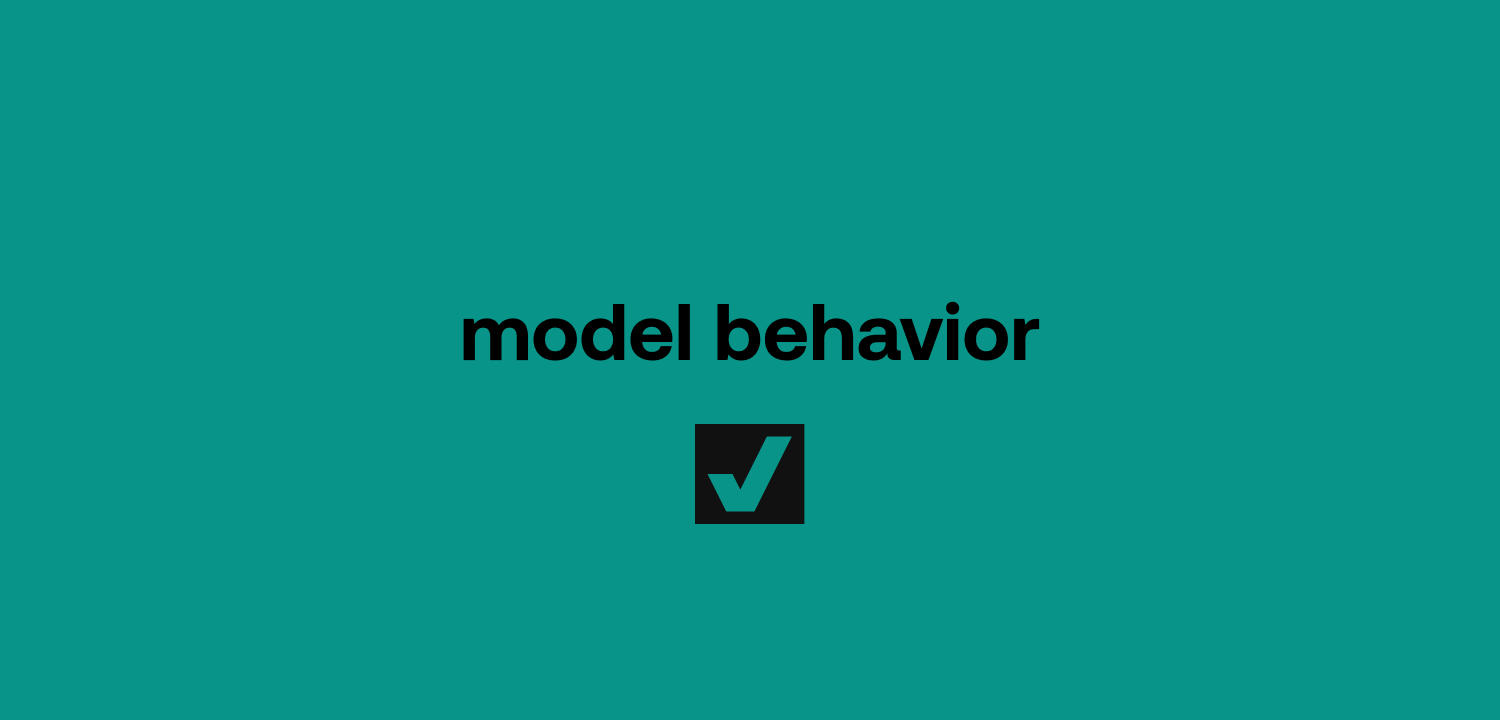We recently used survey data to build media consumption scores to estimate the likelihood that an individual regularly consumes a specific kind of media. We focused on a range of mediums – from print (e.g., The New York Times and Wall Street Journal) to radio and podcasts (e.g., NPR and Joe Rogan). We have too many media models to cover here, so you can find a deep discussion of our models in our documentation.
For now, we’re interested in how people’s issue salience scores (built from our national conjoint survey) are correlated with their media consumption scores. Given partisan media fragmentation, we might expect that certain issues are more salient to different types of media consumers. We’re going to focus on our immigration and crime scores and pair them with our different media scores. A simple hypothesis is that the people who care a lot about those issues are also more likely to consume conservative media. In short, that’s exactly what we find.
Starting with podcasts and radio, we find fairly strong evidence that people who consume conservative media care more about immigration and crime. Those who listen to Ben Shapiro, Joe Rogan, Tucker Carlson have higher issue salience scores for immigration and crime. The relationship is weak or inverted for voters who consume more mainstream (e.g., NPR and The Daily) and liberal (e.g., Pod Save America) media sources.
Across social media platforms, we found that Truth Social consumers were more likely to care a lot about immigration and crime. We also found that people who used Facebook, Instagram, Reddit, and Twitter also care more about immigration.
We see a very clear picture with print media sources. Those who consume the Daily Wire are more likely to care about immigration and crime, while almost every other consumer is less likely to care about those issues.
Finally, across televised media, we see that Fox News viewers care more about immigration and crime while the correlations are flipped for viewers of CNN and MSNBC. Other news sources show less pronounced correlations either way.


